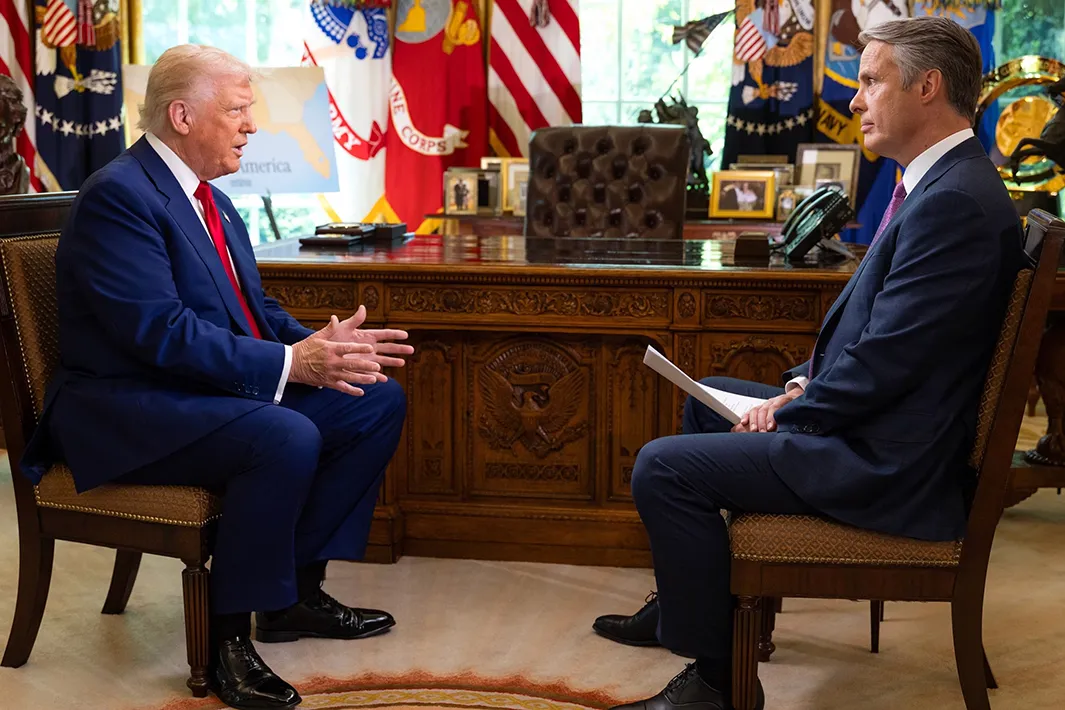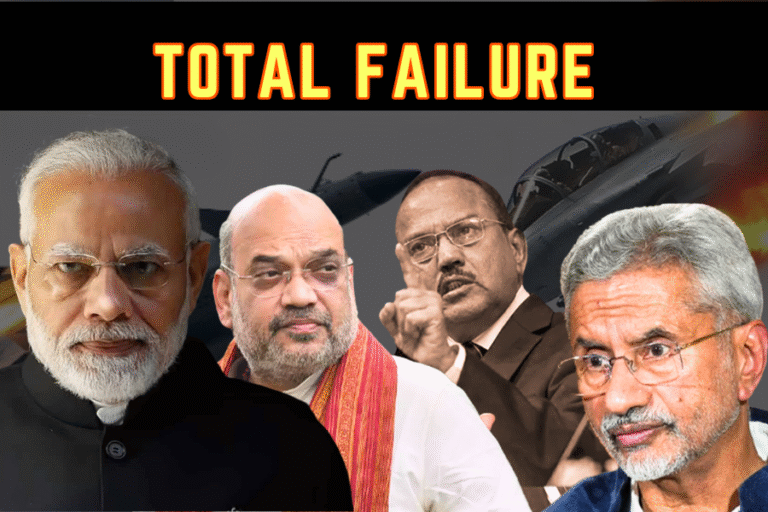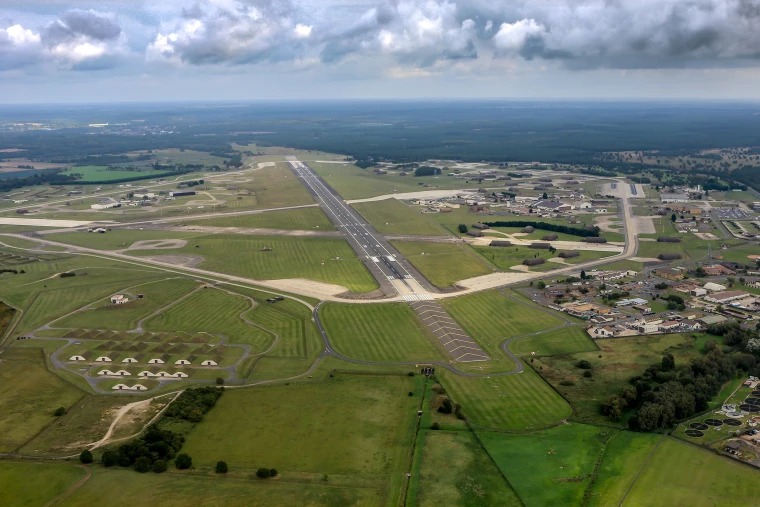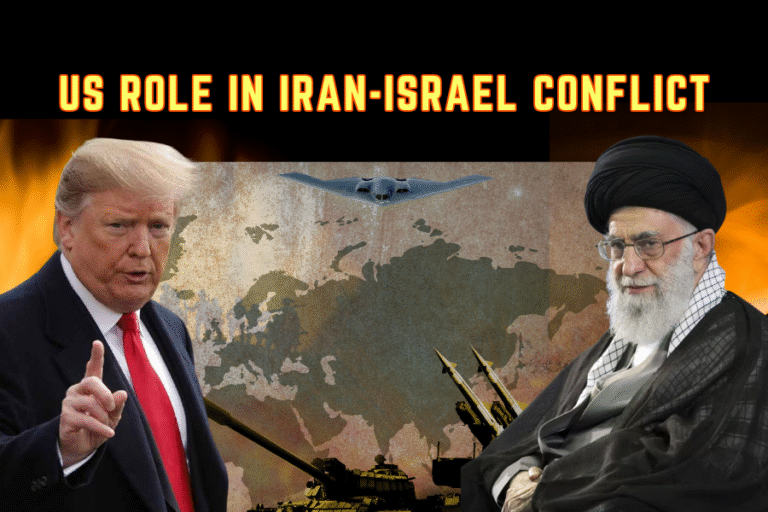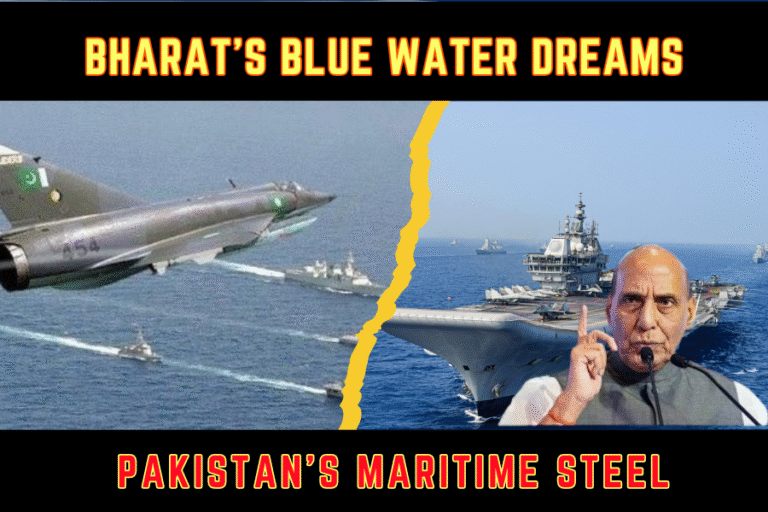(By Khalid Masood)
Since his inauguration on January 20, 2025, as the 47th President of the United States, Donald Trump has emphasized revitalizing American economic strength through bold trade initiatives and strategic partnerships. Among his foreign policy priorities is strengthening ties with South Asia, particularly Pakistan and India, to foster stability and mutual prosperity in a historically volatile region.
In recent remarks, President Trump expressed optimism about expanding trade relations with Pakistan, praising Pakistanis as “brilliant people” who “make amazing products.” He candidly acknowledged that “we don’t do much trading with them” but highlighted his administration’s commitment to changing that dynamic. Trump described his conversations with Pakistani leaders as “great” and emphasized that “it takes two to tango,” underscoring the need for reciprocal engagement to unlock the full potential of bilateral trade.
This marks the third time in a week that President Trump publicly underscored the importance of boosting trade with both Pakistan and India. He praised the progress made with India, stating, “So proud of what we’re able to do with India and with Pakistan,” and framed trade as a tool not only for economic growth but also for “settling scores and making peace” in South Asia.
Context of US-Pakistan Trade Relations
Trade between the US and Pakistan, while historically modest, has shown promising growth. In the fiscal year 2024-25, bilateral trade reached approximately $7.3 billion, with Pakistan’s exports dominated by textiles and increasingly by IT services. The United States remains one of Pakistan’s largest export markets, absorbing over 90% of its textile shipments and a significant portion of its growing IT exports, which generated over $3.2 billion in remittances last year.
Despite this potential, barriers such as tariff restrictions, regulatory challenges, and geopolitical tensions have limited trade expansion. President Trump’s acknowledgment of these issues and his call for enhanced cooperation signal a strategic pivot toward leveraging economic ties as a foundation for stronger bilateral relations.
Here is a chart summarizing the US-Pakistan trade over the last 10 years based on available data, followed by a brief analysis:
| Year | US Exports to Pakistan (Billion USD) | Pakistan Exports to US (Billion USD) | Trade Balance (Pakistan Surplus) (Billion USD) |
|---|---|---|---|
| 2015 | ~2.9 | ~4.0 | +1.1 |
| 2016 | ~2.8 | ~4.1 | +1.3 |
| 2017 | ~2.7 | ~4.2 | +1.5 |
| 2018 | 2.87 | 4.02 | +1.15 |
| 2019 | ~2.6 | ~4.1 | +1.5 |
| 2020 | ~2.9 | ~4.3 | +1.4 |
| 2021 | ~3.6 | ~4.5 | +0.9 |
| 2022 | ~3.2 | ~4.8 | +1.6 |
| 2023 | 1.71 | 5.18 | +3.47 |
| 2024* | ~1.8-2.0 | ~5.6 | +3.6 |
*2024 figures are estimates based on partial data.
Trade as a Catalyst for Regional Peace
President Trump’s approach reflects a broader strategy of using economic interdependence to reduce conflict. His administration played a key role in facilitating the May 2025 ceasefire between India and Pakistan, attributing part of the success to trade incentives. “Trade is a big reason why they stopped fighting,” Trump noted, emphasizing that economic cooperation can serve as a powerful deterrent against military escalation.
Simultaneously, the US is engaged in trade negotiations with India, with recent talks focusing on tariff reductions and market access. India’s willingness to lower tariffs on American goods signals a mutual interest in deepening economic partnerships, although formal agreements remain under discussion.
Challenges Ahead
While the vision is promising, significant challenges remain. India’s complex tariff policies and domestic political considerations complicate trade negotiations. Pakistan’s economic vulnerabilities and security concerns require careful diplomatic handling. Moreover, the broader geopolitical competition in South Asia adds layers of complexity to any trade-driven peace initiative.
Nevertheless, the Trump administration’s focus on trade as a tool for diplomacy represents a notable shift from previous policies. By encouraging economic ties, the US aims to create incentives for stability and cooperation in a region long marred by conflict.
Conclusion
President Donald Trump’s recent statements highlight a renewed US commitment to expanding trade with Pakistan as a pathway to peace and prosperity. Praising Pakistan’s economic potential and emphasizing mutual cooperation, Trump envisions trade not merely as commerce but as a strategic instrument to foster regional stability. While obstacles remain, ongoing negotiations and diplomatic efforts signal a hopeful trajectory for US-Pakistan relations and broader South Asian peace.

